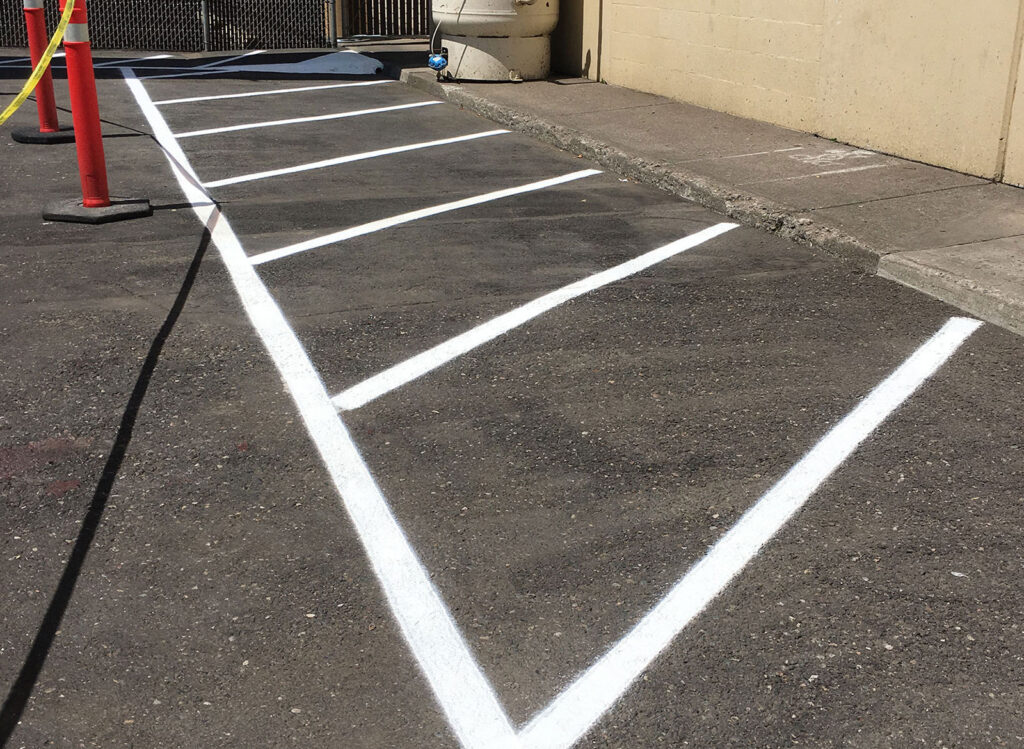Asphalt paving , a seemingly mundane task, plays a critical role in ensuring the safety, efficiency, and aesthetics of parking facilities. Whether for small businesses or large commercial complexes, cost-effective striping strategies are essential for maintaining an organized and user-friendly parking environment while controlling expenses. The economics of asphalt paving involve balancing initial costs, long-term maintenance, and the potential financial benefits of well-marked parking spaces. For small projects, such as striping an asphalt paving for a local business, the primary focus is on minimizing upfront costs while ensuring durability. Small business owners often have limited budgets, so choosing cost-effective materials and methods is crucial. Water-based acrylic paint is a popular choice due to its relatively low cost and ease of application. It provides sufficient durability for low-traffic areas and can be reapplied without significant expense. Additionally, small projects benefit from do-it-yourself DIY approaches, where business owners or local contractors can handle the striping without hiring specialized services. This approach further reduces costs, although it requires careful planning to ensure proper layout and compliance with local regulations. In contrast, large projects, such as striping for shopping malls or corporate campuses, require a more strategic approach due to their scale and the higher traffic they accommodate.

The initial investment is higher, but the long-term benefits of professional striping can outweigh the costs. High-quality thermoplastic paint, although more expensive than acrylic, asphalt paving offers superior durability and visibility, reducing the frequency of re-striping. This durability is particularly important in high-traffic areas, where frequent maintenance can disrupt operations and incur additional costs. Moreover, professional striping companies utilize advanced equipment, such as laser-guided stripers, ensuring precise and consistent lines that enhance the overall appearance and functionality of the parking lot. Both small and large projects can benefit from adopting a proactive maintenance strategy. Regular inspections and touch-ups can prevent the lines from fading or becoming unclear, which not only ensures continued safety and efficiency but also extends the lifespan of the initial striping investment. Preventive maintenance is cost-effective, as it avoids the need for complete re-striping, which can be more expensive and disruptive. Additionally, well-maintained parking lots reflect positively on the business or property, potentially attracting more customers and tenants, which can offset maintenance costs through increased revenue.
Innovative technologies, such as reflective paints and eco-friendly materials, are becoming increasingly popular in asphalt paving . Reflective paints enhance visibility during nighttime or adverse weather conditions, improving safety for drivers and pedestrians. Eco-friendly materials, while sometimes more expensive initially, appeal to environmentally conscious consumers and can contribute to sustainability goals, potentially offering marketing benefits that translate into financial gains. In conclusion, the economics of asphalt paving involve a careful consideration of initial costs, long-term maintenance, and potential financial benefits. Small projects prioritize cost-effective materials and DIY approaches, while large projects benefit from professional services and durable materials. Both can enhance their cost-effectiveness through regular maintenance and the adoption of innovative technologies. Ultimately, well-executed asphalt paving not only manages expenses but also improves safety, efficiency, and the overall appeal of the property, contributing to the economic success of the business or facility.
